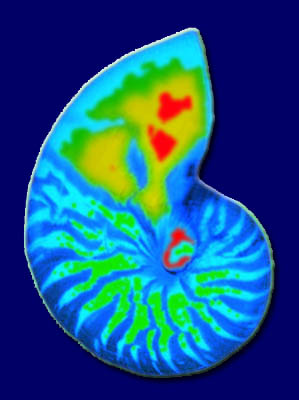
Comments: no download.
Ref.: in UACE'2017, Hersonissos (Greece), July 2019 (invited).
Abstract:
The Island of Cabo Frio is situated a the southeastern tip of the Brazilian coast,
by 23 degrees south, at the edge of the tropical to the southern Atlantic ocean.
The area is exposed to a strong upwelling regime from south under strong
northeastern wind, predominant in spring and summer. A four hydrophone
tripod is installed in a 8m depth location since February 2018, circa 20 m away
from a rocky shore, a settling of abundant invertebrate life, mainly barnacles,
snapping shrimp, sea urchins and bivalves. These species are distributed
according to the rocky shore zonation pattern, producing sound at different
levels, frequency bands and times of the day, forming a characteristic chorus.
This work aims at characterizing the recorded bio-acoustic signature, its natural
variation throughout the year, as well as its relation with other biotic and
abiotic factors, such as water temperature (namely that due to upwelling),
wind, tide and sun light. The relationship between these factors and the bio-
acoustic signature variation may contribute to the understanding of rock shore
organisms behavior and potentially to biotechnological applications.
ACKNOWLEDGMENT: This work was funded under project BIOCOM, from CsF (Brazil).